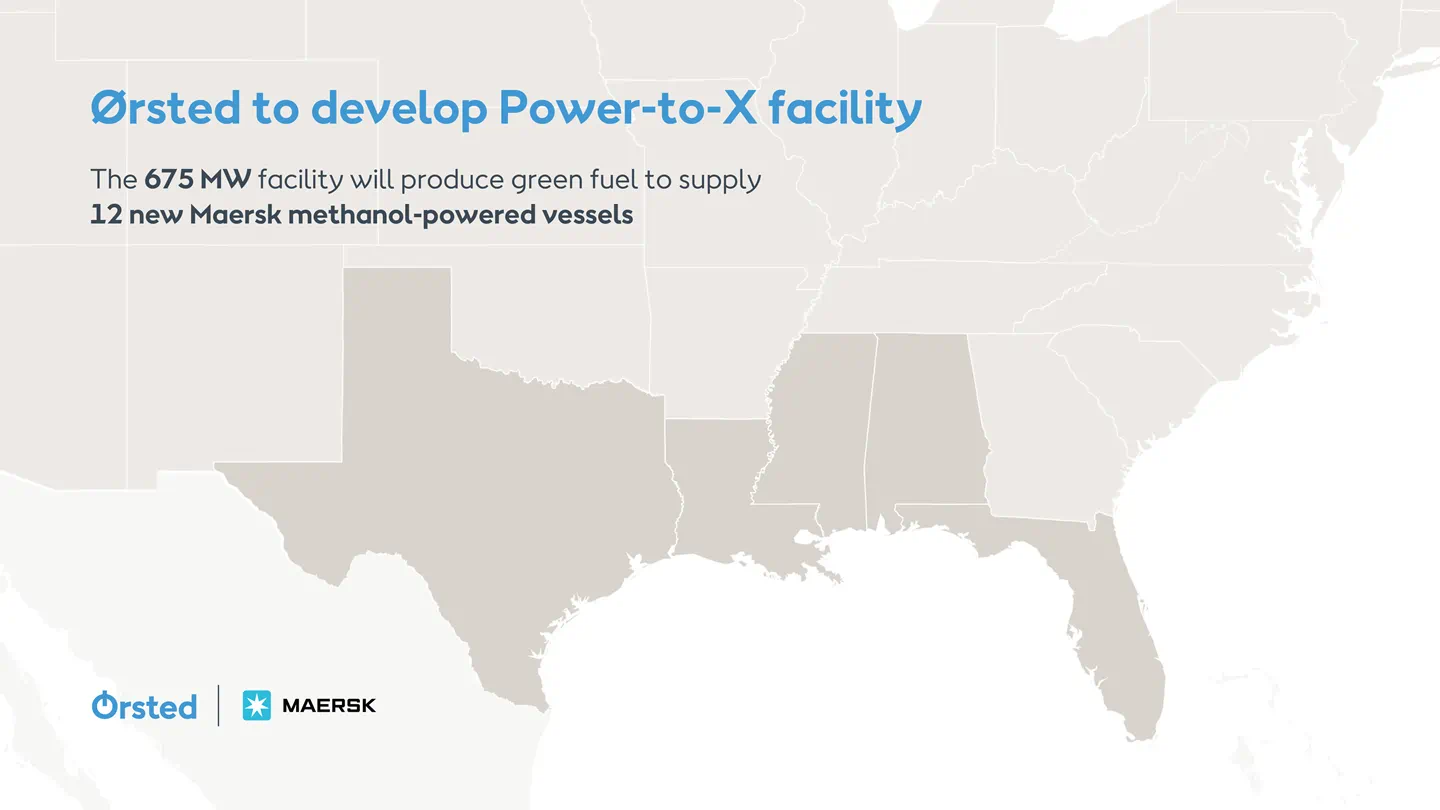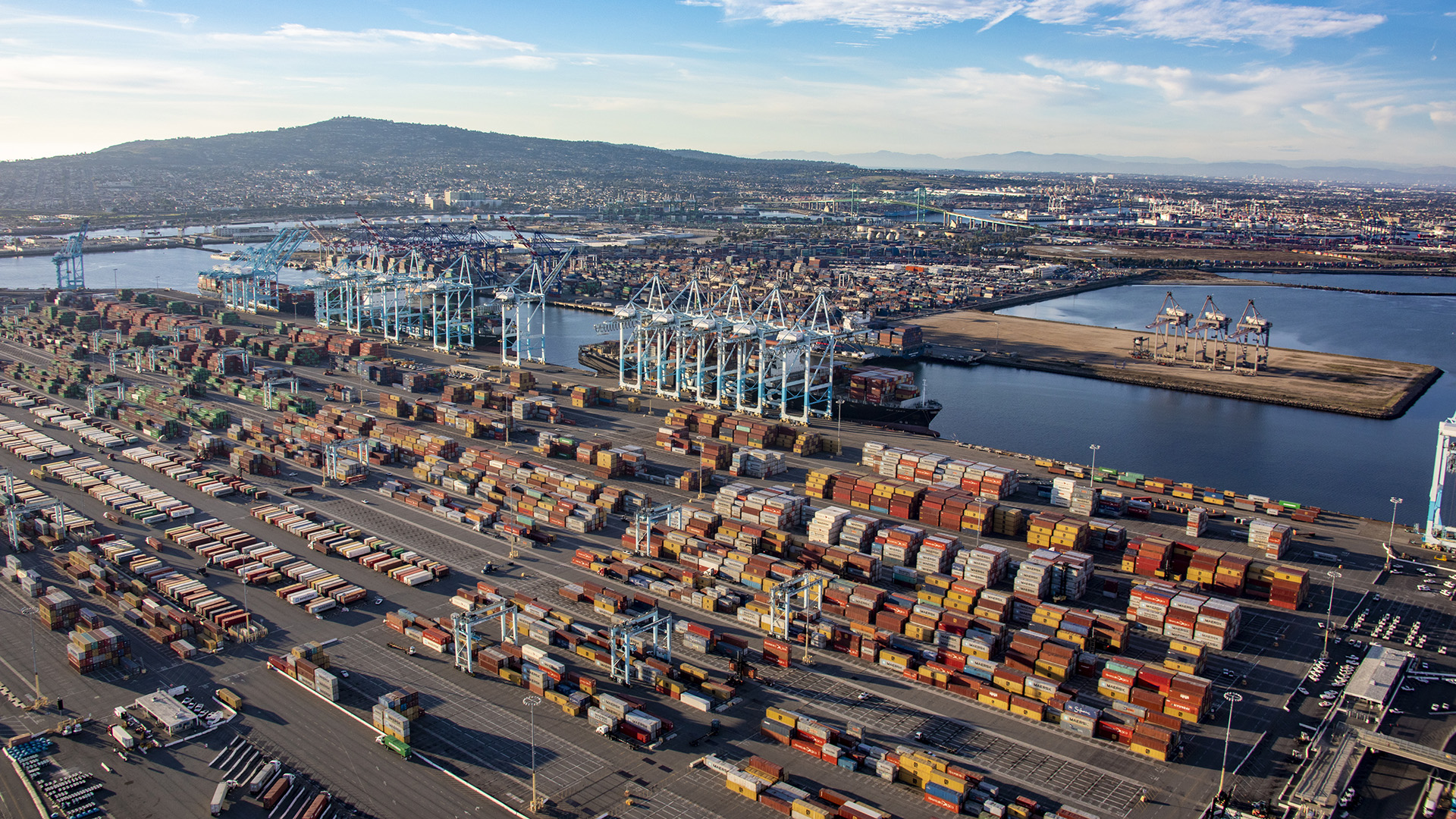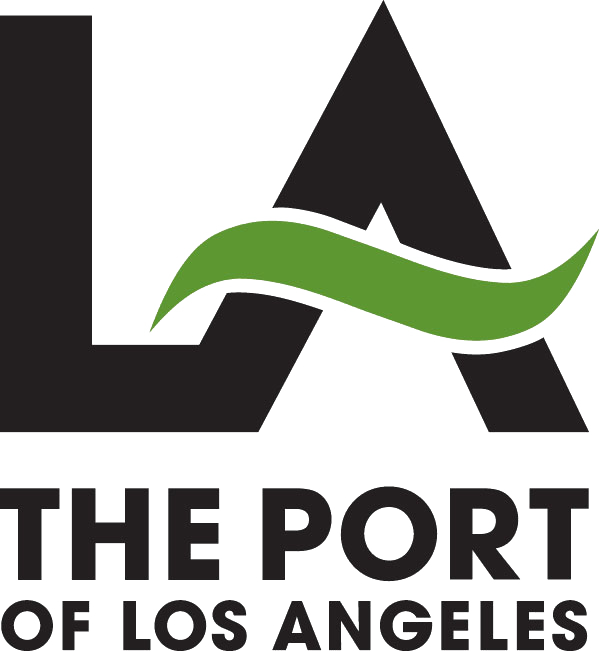Maire Tecnimont plans million-tonne-per-year blue ammonia plant in the US
Maire Tecnimont will develop a world-scale blue ammonia plant in the US after being awarded a contract by a “leading global chemicals producer”. Valued at approximately $230 million, the new plant features a 3,000 tonnes per day blue ammonia synloop. Completion is expected as early as 2025.








